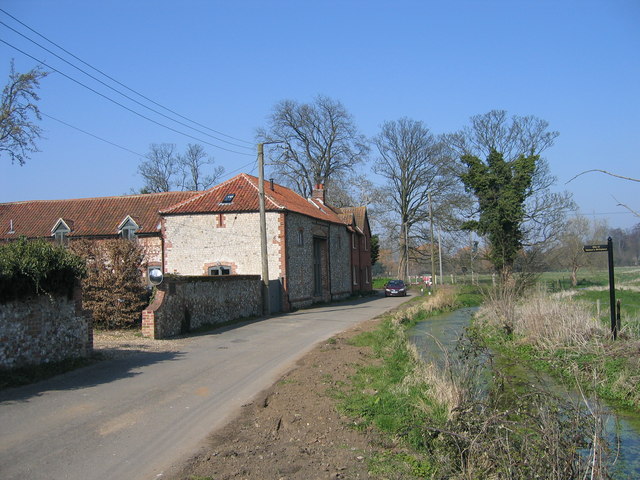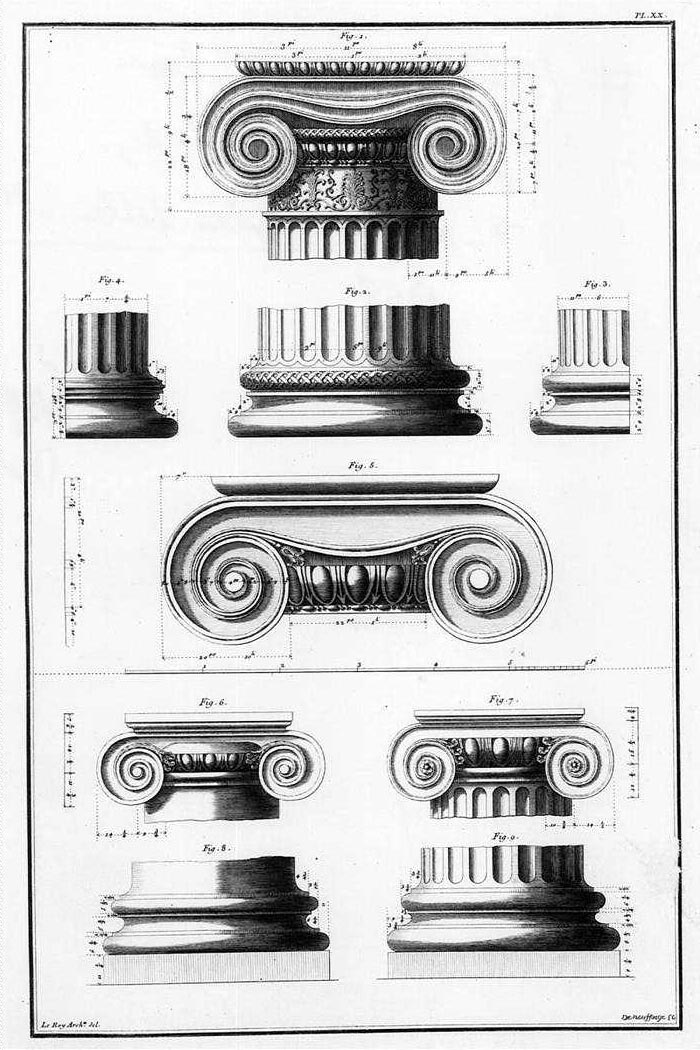|
Church Of St Thomas, Cricket St Thomas
The Church of St Thomas in Cricket St Thomas, Somerset, England was built in the 14th century and rebuilt in 1868. It is a Grade II* listed building. History The church was built in the 14th century although there had been a church on the site from the 12th century. It was rebuilt in 1868 for Lord Bridport. The parish and benefice of Cricket St Thomas is within the Diocese of Bath and Wells. Architecture The flint building has hamstone dressings and slate roofs. It has a two-bay nave and single-bay chancel with a south transept all supported by buttresses. Above the gable of the wall of the nave is a small tower. The interior is from the 19th century. The church contains monuments to the families of Hood (Viscount Bridport) and their predecessors the Viscounts Nelson, who gained the title through Horatio Nelson, 1st Viscount Nelson. These include, on the chancel south wall, a commemoration of Alexander Hood, who died in 1814, which was designed and signed by Sir John Soane ... [...More Info...] [...Related Items...] OR: [Wikipedia] [Google] [Baidu] |
Cricket St Thomas
Cricket St Thomas is a parish in Somerset, England, situated in a valley between Chard and Crewkerne within the South Somerset administrative district. The A30 road passes nearby. The parish has a population of 50. It is noted for the historic manor house known as Cricket House, and its estate in recent times formerly home to a wildlife park. Etymology The name Cricket St Thomas is derived from the Anglo-Saxon word "cruc," meaning a hill or ridge. Descent of the manor The manor is listed in the Domesday Book of 1086, where it is described as "Land of the Count of Martin" paying tax to the king for six hides, or about . It had two slaves, six villagers, five smallholders and a variety of livestock and was valued for tax purposes at 100 shillings. It was at that time within the Hundred of South Petherton. In the 11th century the manor was held by the ''de Cricket'' family. In 1328-9 Michael de Cricket sold the manor to Walter de Rodney, who subsequently conveyed it to John ... [...More Info...] [...Related Items...] OR: [Wikipedia] [Google] [Baidu] |
Horatio Nelson, 1st Viscount Nelson
Vice-admiral (Royal Navy), Vice-Admiral Horatio Nelson, 1st Viscount Nelson, 1st Duke of Bronte (29 September 1758 – 21 October 1805) was a British people, British flag officer in the Royal Navy. His inspirational leadership, grasp of strategy, and unconventional tactics brought about a number of decisive British naval victories during the French Revolutionary wars, French Revolutionary and Napoleonic Wars. He is widely regarded as one of the greatest naval commanders in history. Nelson was born into a moderately prosperous Norfolk family and joined the navy through the influence of his uncle, Maurice Suckling, a high-ranking naval officer. Nelson rose rapidly through the ranks and served with leading naval commanders of the period before obtaining his own command at the age of 20, in 1778. He developed a reputation for personal valour and firm grasp of tactics, but suffered periods of illness and unemployment after the end of the American War of Independence. The outbreak of ... [...More Info...] [...Related Items...] OR: [Wikipedia] [Google] [Baidu] |
Grade II* Listed Buildings In South Somerset
South Somerset is a Non-metropolitan district, local government district in the English county of Somerset. The South Somerset district occupies an area of , stretching from its borders with Devon and Dorset to the edge of the Somerset Levels. The district has a population of about 158,000, and has Yeovil as its administrative centre. In the United Kingdom, the term listed building refers to a building or other structure officially designated as being of special architectural, historical or cultural significance; Grade II* structures are those considered to be "particularly significant buildings of more than local interest". Listing was begun by a provision in the Town and Country Planning Act 1947. Once listed, severe restrictions are imposed on the modifications allowed to a building's structure or its fittings. In England, the authority for listing under the Planning (Listed Buildings and Conservation Areas) Act 1990 rests with Historic England, a non-departmental public body ... [...More Info...] [...Related Items...] OR: [Wikipedia] [Google] [Baidu] |
List Of Ecclesiastical Parishes In The Diocese Of Bath And Wells
The ecclesiastical parishes within the Diocese of Bath and Wells cover the majority of the ceremonial counties of England, English county of Somerset and small areas of Devon, Dorset, Gloucestershire and Wiltshire. The cathedra, episcopal seat of the Bishop of Bath and Wells is in the Wells Cathedral, Cathedral Church of Saint Andrew in the city of Wells, Somerset, Wells in Somerset. The diocesan offices, the bishops' offices and residences and the cathedral are all located around the Bishop's Palace, Wells, Bishop's Palace in Wells. The diocese is not referred to as "Bath diocese" or "Wells diocese", but as "Bath and Wells diocese". The ordinary of the diocese is the diocesan Bishop of Bath and Wells, Peter Hancock; he is assisted throughout the diocese by the Bishop of Taunton, Bishop suffragan of Taunton, Ruth Worsley. Her See was created in 1911. Alternative episcopal oversight (for parishes in the diocese that reject the ministry of women priests) is provided by the provi ... [...More Info...] [...Related Items...] OR: [Wikipedia] [Google] [Baidu] |
Alexander Nelson Hood, 4th Duke Of Bronté
Alexander is a male given name. The most prominent bearer of the name is Alexander the Great, the king of the Ancient Greek kingdom of Macedonia who created one of the largest empires in ancient history. Variants listed here are Aleksandar, Aleksander and Aleksandr. Related names and diminutives include Iskandar, Alec, Alek, Alex, Alexandre, Aleks, Aleksa and Sander; feminine forms include Alexandra, Alexandria, and Sasha. Etymology The name ''Alexander'' originates from the (; 'defending men' or 'protector of men'). It is a compound of the verb (; 'to ward off, avert, defend') and the noun (, genitive: , ; meaning 'man'). It is an example of the widespread motif of Greek names expressing "battle-prowess", in this case the ability to withstand or push back an enemy battle line. The earliest attested form of the name, is the Mycenaean Greek feminine anthroponym , , (/ Alexandra/), written in the Linear B syllabic script. Alaksandu, alternatively called ''Alakasandu'' or ... [...More Info...] [...Related Items...] OR: [Wikipedia] [Google] [Baidu] |
St Michael
Michael (; he, מִיכָאֵל, lit=Who is like El od, translit=Mīḵāʾēl; el, Μιχαήλ, translit=Mikhaḗl; la, Michahel; ar, ميخائيل ، مِيكَالَ ، ميكائيل, translit=Mīkāʾīl, Mīkāl, Mīkhāʾīl), also called Saint Michael the Archangel, Saint Michael the Taxiarch in Orthodoxy and Archangel Michael is an archangel in Judaism, Christianity, Islam and the Baha'i faith. The earliest surviving mentions of his name are in 3rd- and 2nd-century BC Jewish works, often but not always apocalyptic, where he is the chief of the angels and archangels and responsible for the care of Israel. Christianity adopted nearly all the Jewish traditions concerning him, and he is mentioned explicitly in Revelation 12:7–12, where he does battle with Satan, and in the Epistle of Jude, where the author denounces heretics by contrasting them with Michael. Second Temple Jewish writings The earliest surviving mention of Michael is in a 3rd century BC Je ... [...More Info...] [...Related Items...] OR: [Wikipedia] [Google] [Baidu] |
Queen Elizabeth II
Elizabeth II (Elizabeth Alexandra Mary; 21 April 1926 – 8 September 2022) was Queen of the United Kingdom and other Commonwealth realms from 6 February 1952 until her death in 2022. She was queen regnant of 32 sovereign states during her lifetime, and was head of state of 15 realms at the time of her death. Her reign of 70 years and 214 days was the longest of any British monarch and the longest verified reign of any female monarch in history. Elizabeth was born in Mayfair, London, as the first child of the Duke and Duchess of York (later King George VI and Queen Elizabeth The Queen Mother). Her father acceded to the throne in 1936 upon the abdication of his brother Edward VIII, making the ten-year-old Princess Elizabeth the heir presumptive. She was educated privately at home and began to undertake public duties during the Second World War, serving in the Auxiliary Territorial Service. In November 1947, she Wedding of Princess Elizabeth and Philip Mou ... [...More Info...] [...Related Items...] OR: [Wikipedia] [Google] [Baidu] |
Ionic Order
The Ionic order is one of the three canonic orders of classical architecture, the other two being the Doric and the Corinthian. There are two lesser orders: the Tuscan (a plainer Doric), and the rich variant of Corinthian called the composite order. Of the three classical canonic orders, the Corinthian order has the narrowest columns, followed by the Ionic order, with the Doric order having the widest columns. The Ionic capital is characterized by the use of volutes. The Ionic columns normally stand on a base which separates the shaft of the column from the stylobate or platform while the cap is usually enriched with egg-and-dart. The ancient architect and architectural historian Vitruvius associates the Ionic with feminine proportions (the Doric representing the masculine). Description Capital The major features of the Ionic order are the volutes of its capital, which have been the subject of much theoretical and practical discourse, based on a brief and obscure p ... [...More Info...] [...Related Items...] OR: [Wikipedia] [Google] [Baidu] |
Marble
Marble is a metamorphic rock composed of recrystallized carbonate minerals, most commonly calcite or dolomite. Marble is typically not foliated (layered), although there are exceptions. In geology, the term ''marble'' refers to metamorphosed limestone, but its use in stonemasonry more broadly encompasses unmetamorphosed limestone. Marble is commonly used for sculpture and as a building material. Etymology The word "marble" derives from the Ancient Greek (), from (), "crystalline rock, shining stone", perhaps from the verb (), "to flash, sparkle, gleam"; R. S. P. Beekes has suggested that a " Pre-Greek origin is probable". This stem is also the ancestor of the English word "marmoreal," meaning "marble-like." While the English term "marble" resembles the French , most other European languages (with words like "marmoreal") more closely resemble the original Ancient Greek. Physical origins Marble is a rock resulting from metamorphism of sedimentary carbonate ro ... [...More Info...] [...Related Items...] OR: [Wikipedia] [Google] [Baidu] |
John Soane
Sir John Soane (; né Soan; 10 September 1753 – 20 January 1837) was an English architect who specialised in the Neo-Classical style. The son of a bricklayer, he rose to the top of his profession, becoming professor of architecture at the Royal Academy and an official architect to the Office of Works. He received a knighthood in 1831. His best-known work was the Bank of England (his work there is largely destroyed), a building which had a widespread effect on commercial architecture. He also designed Dulwich Picture Gallery, which, with its top-lit galleries, was a major influence on the planning of subsequent art galleries and museums. His main legacy is the eponymous museum in Lincoln's Inn Fields in his former home and office, designed to display the art works and architectural artefacts that he collected during his lifetime. The museum is described in the ''Oxford Dictionary of Architecture'' as "one of the most complex, intricate, and ingenious series of interiors ... [...More Info...] [...Related Items...] OR: [Wikipedia] [Google] [Baidu] |
Alexander Hood, 1st Viscount Bridport
Admiral Alexander Hood, 1st Viscount Bridport, KB (2 December 17262 May 1814), of Cricket St Thomas, Somerset, was an officer of the British Royal Navy during the French Revolutionary Wars and Napoleonic Wars. Origins He was a younger son of the Rev. Samuel Hood (1691/2 – 1777), Vicar of Butleigh and prebendary of Wells Cathedral (both in Somerset) and Vicar of Thorncombe in Devon (whose monument survives in St Leonard's Church, Butleigh), by his wife Mary Hoskins, a daughter of Richard Hoskins, Esquire, of Beaminster, Dorset. His elder brother was Admiral Samuel Hood, 1st Viscount Hood (1724–1816). The sons of his first cousin Samuel Hood (1715–1805), a purser in the Royal Navy included Admiral Sir Samuel Hood, 1st Baronet (1762–1814), Captain Alexander Hood (1758–1798) and Captain Arthur Hood (1754–1776). Career The story of his entry into the navy is recounted by Edmund Lodge (1756–1839) (a personal acquaintance of Lord Bridport) in his ''Portraits of ... [...More Info...] [...Related Items...] OR: [Wikipedia] [Google] [Baidu] |
Gable
A gable is the generally triangular portion of a wall between the edges of intersecting roof pitches. The shape of the gable and how it is detailed depends on the structural system used, which reflects climate, material availability, and aesthetic concerns. The term gable wall or gable end more commonly refers to the entire wall, including the gable and the wall below it. Some types of roof do not have a gable (for example hip roofs do not). One common type of roof with gables, the gable roof, is named after its prominent gables. A parapet made of a series of curves ( Dutch gable) or horizontal steps ( crow-stepped gable) may hide the diagonal lines of the roof. Gable ends of more recent buildings are often treated in the same way as the Classic pediment form. But unlike Classical structures, which operate through trabeation, the gable ends of many buildings are actually bearing-wall structures. Gable style is also used in the design of fabric structures, with varying d ... [...More Info...] [...Related Items...] OR: [Wikipedia] [Google] [Baidu] |







